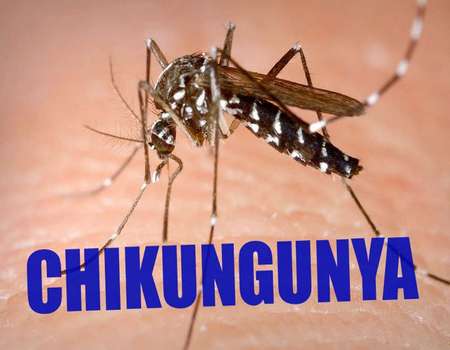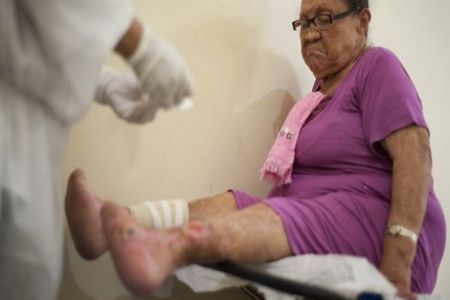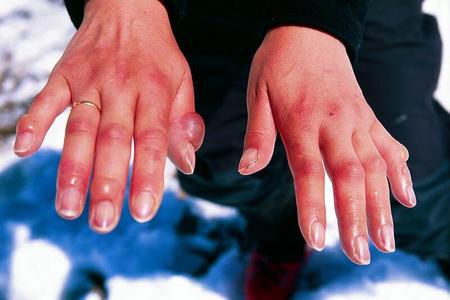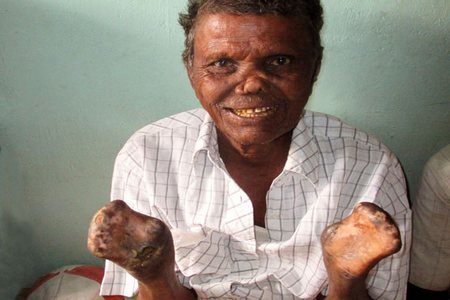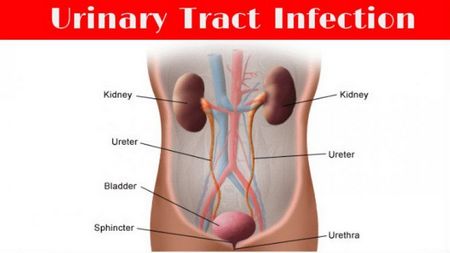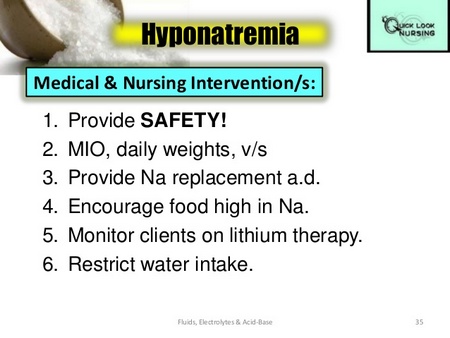Chikungunya Virus Prevention | Nursing Management of Chikungunya Virus
How Can We Prevent From Chikungunya Virus? Chikungunya is a viral disease that is transmitted to humans by infected Aedes mosquitoes. Infected mosquitos transmit the virus to other people by their bits. To prevent the spread of the chikungunya virus, it is most important to avoid mosquito bites by minimizing contact with mosquitoes. All suspected […]
Chikungunya Virus Prevention | Nursing Management of Chikungunya Virus Read More »



